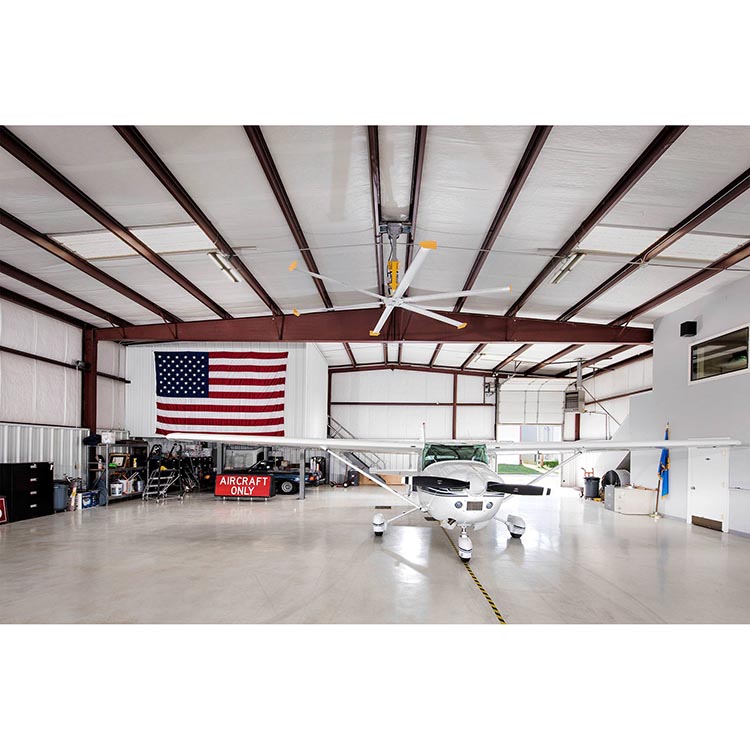The cooling rate after high temperature heating has an obvious effect on the distribution of boron.When the heating temperature of steel structure is higher than 900 ℃, boron in steel is basically soluble in solid solution.Under the influence of diffusion rate, boron only converges at the grain boundary when it cools rapidly, and little precipitates are formed.The distribution of Boron on grain boundary and particle is relatively uniform.When the cooling rate is slow, the adsorption of Boron on the grain boundary becomes stronger and the solubility of solid solution boron decreases with the decrease of temperature, which results in the precipitation of boride along the grain boundary.Therefore, as long as the hot rolling process and heat treatment process are properly controlled to ensure that most of boron is soluble in solid solution, boron containing steel can obtain good hardenability.It should be noted that in the smelting process, the nitrogen and titanium content of steel should be properly controlled to prevent its precipitation.There are generally two views on the mechanism of boron improving hardenability.As boron adsorbs on the austenite grain boundary, it is easy to reduce the austenite grain boundary, decrease the ferrite nucleation position at the austenite grain boundary, increase the stability of austenite, increase the transformation latency of ferrite and bainite, and shift the transition curve to the right.Secondly, boron and carbon in the shape of austenite grain boundary self diffusion ability, nucleus and iron element not only need favorable nucleation position, but also need the diffusion of carbon atom. The existence of boron atom is to prevent the diffusion of carbon atom in the grain boundary, so the transformation of pearlite is blocked when the shape is postponed to ferrite.Due to the high boron content (0.004%), the toughness of SPV490 steel plate is damaged, and the quenching ability of the steel is reduced.When the thickness of the plate is reduced to less than 20 mm, no boron is added, but Cr and Ni are used to improve the hardenability, and the tempering process is properly adjusted, the yield strength and toughness of the plate are better than 690mpa.This is confirmed in the test of q690d steel plate.
Conclusion: SPV490 steel plate and boron can effectively improve the quenching performance, and obtain good toughness by controlling the heat treatment process.The SPV490 steel plate can be quenched in the tank outside the furnace.By controlling the water cooling after rolling and adjusting the adjustment process, the hardenability of the hardened steel plate can be increased by more than 60mm, such as chromium and nickel. The air cooling treatment of 12mm thick steel plate after high temperature tempering can exceed 690 MPa yield strength and good toughness.The boron content in steel shall be controlled below 20×10-6.Otherwise, the toughness of steel will be seriously damaged and the hardening effect of steel will be reduced.
Post time: Jun-28-2020

